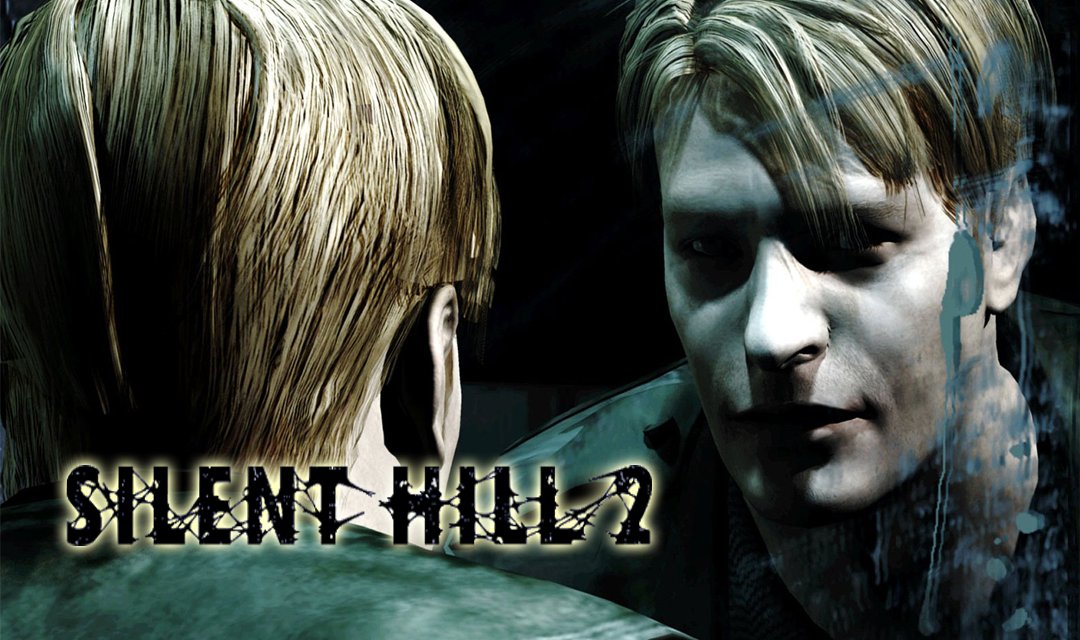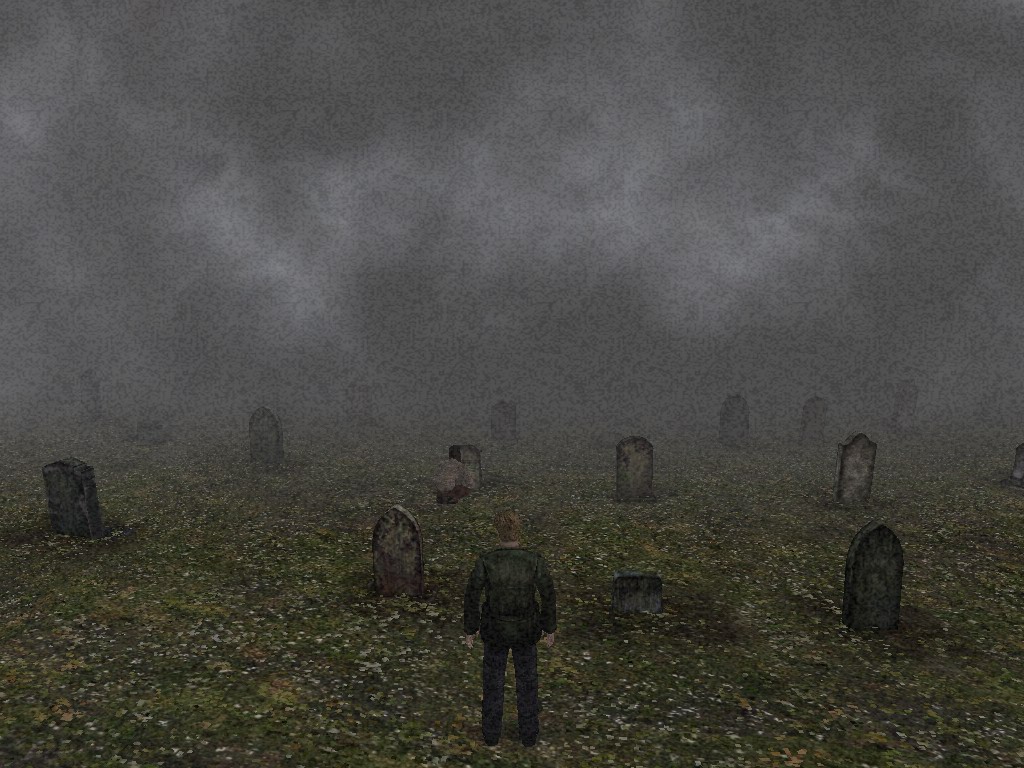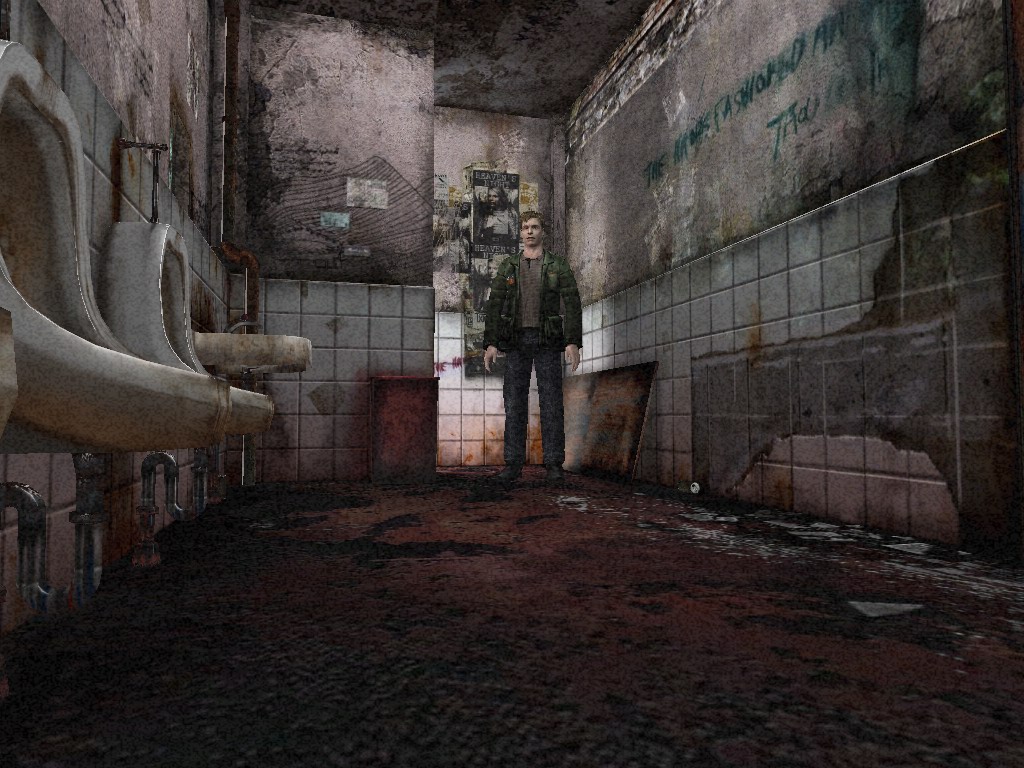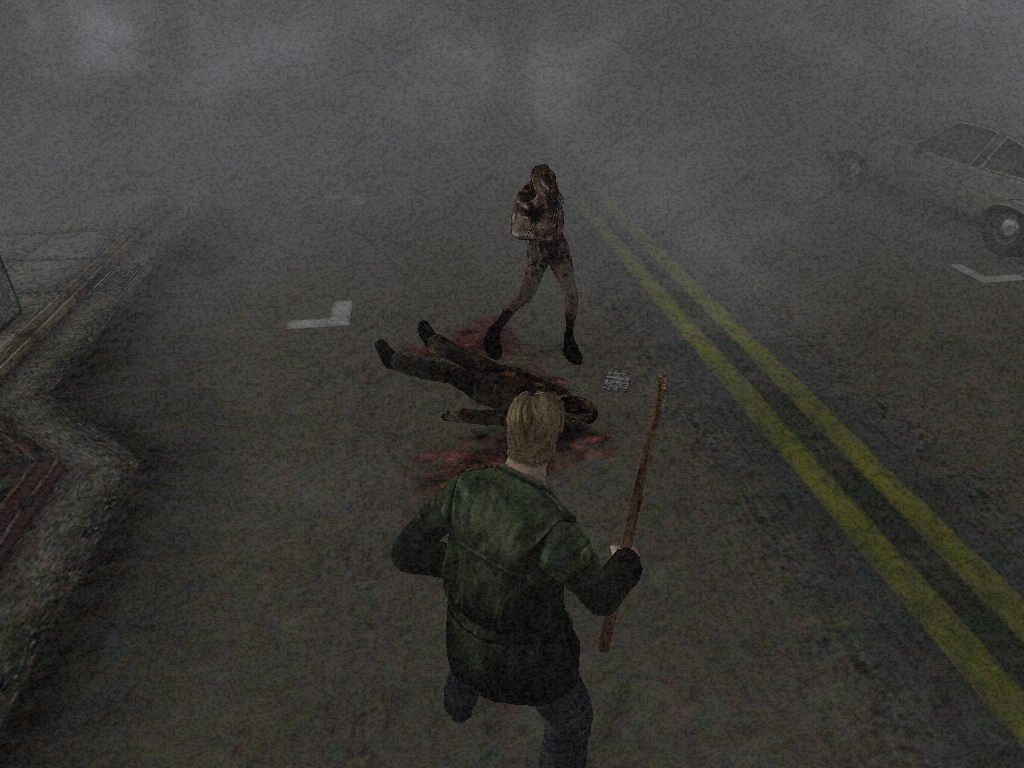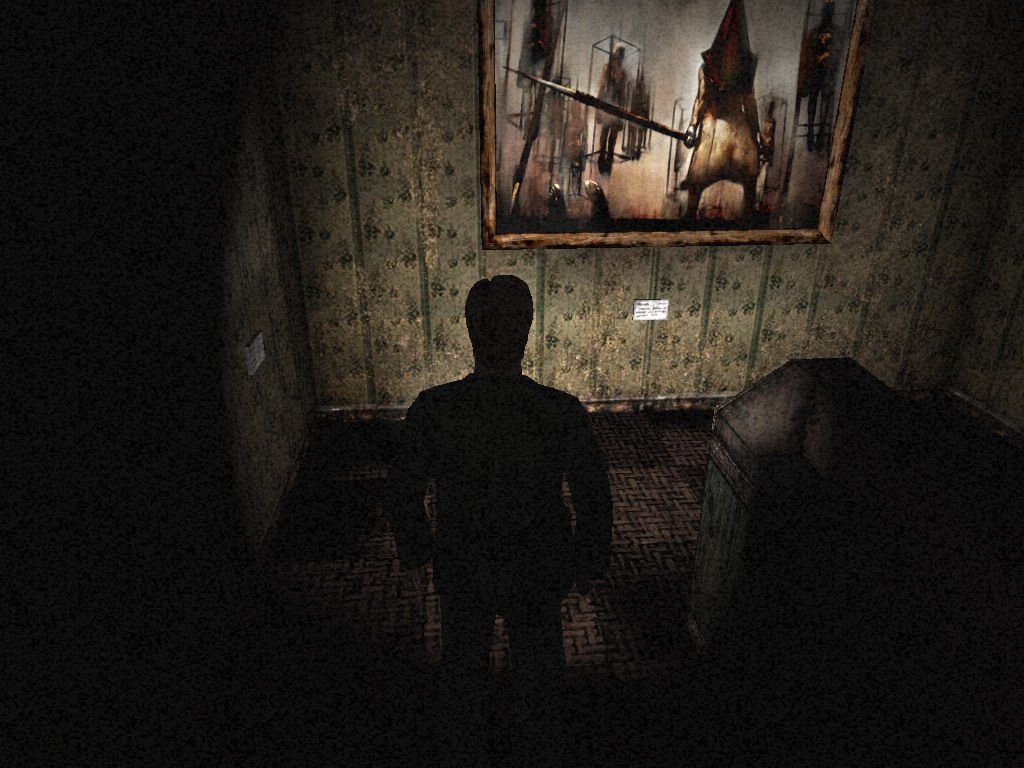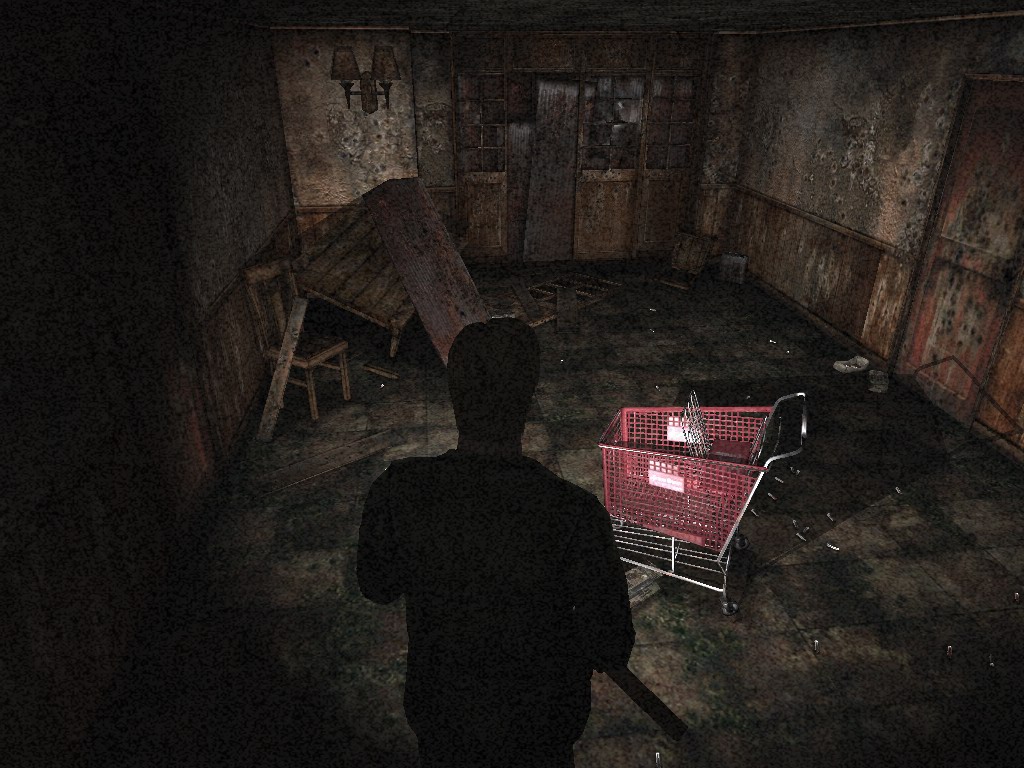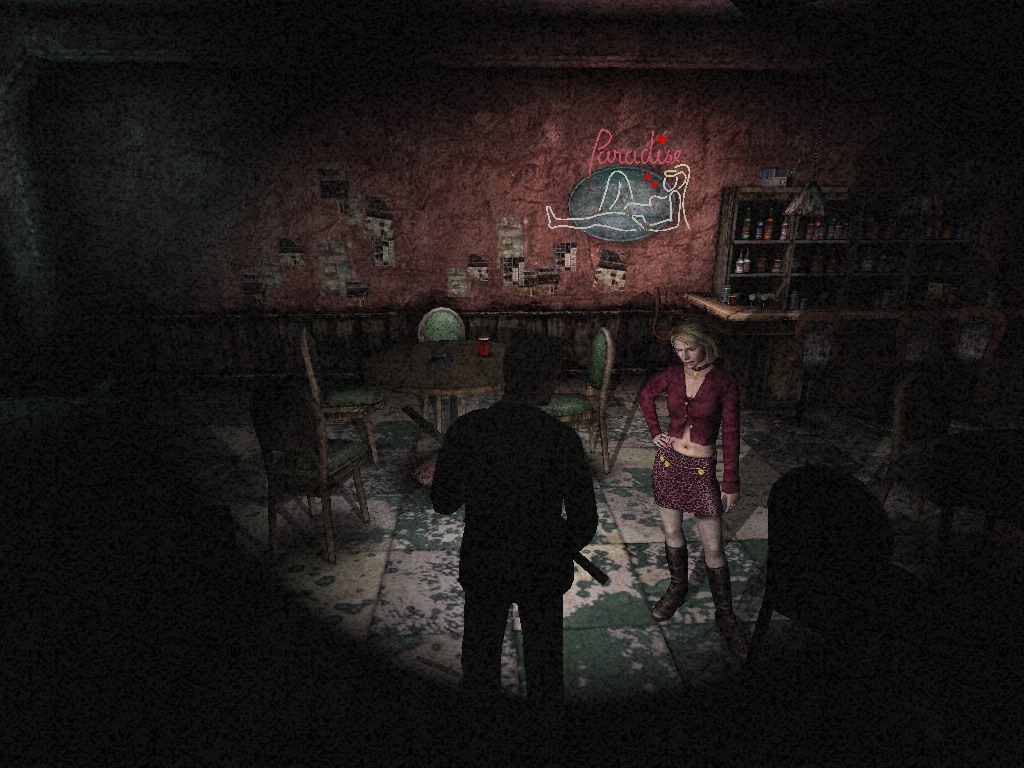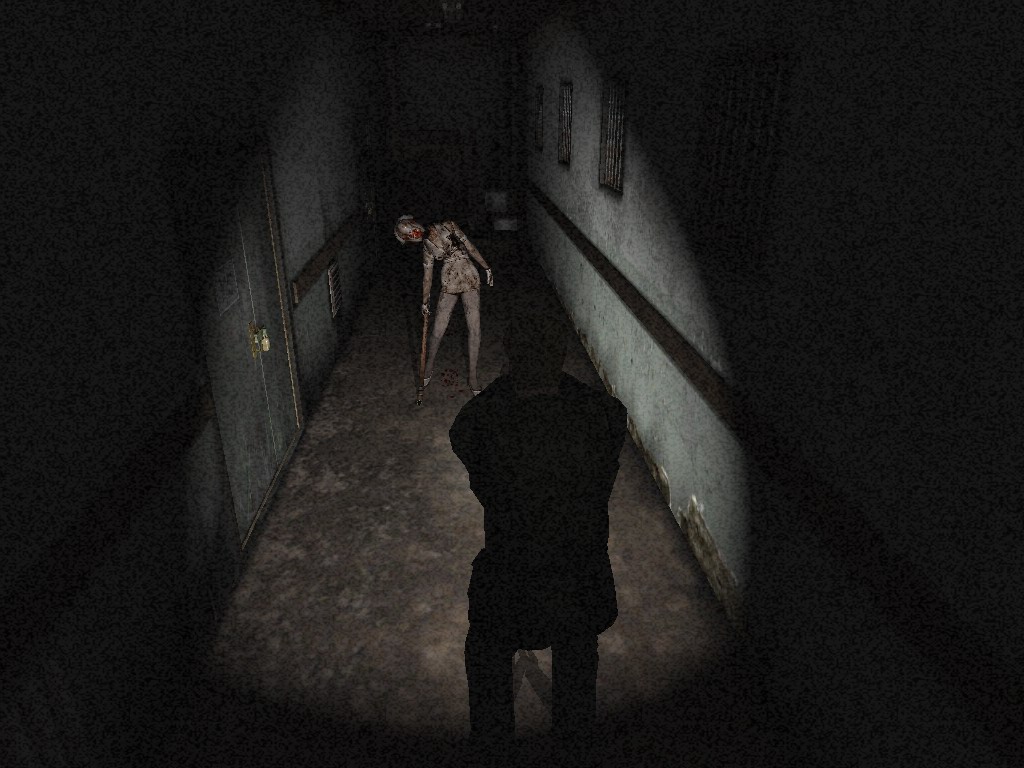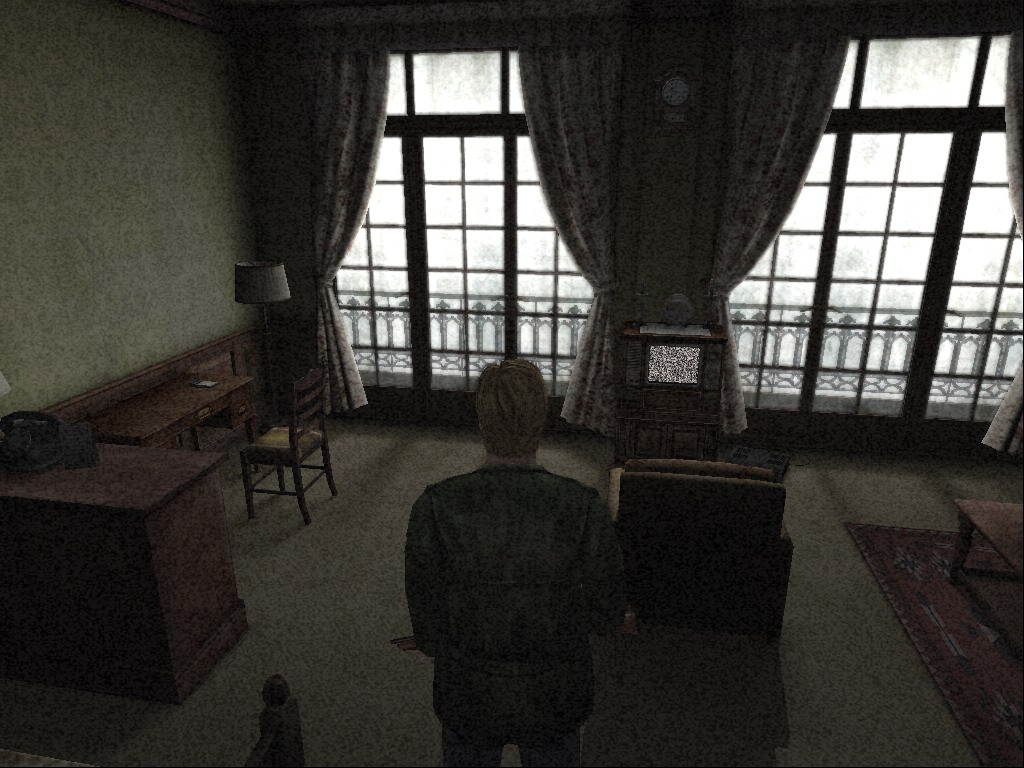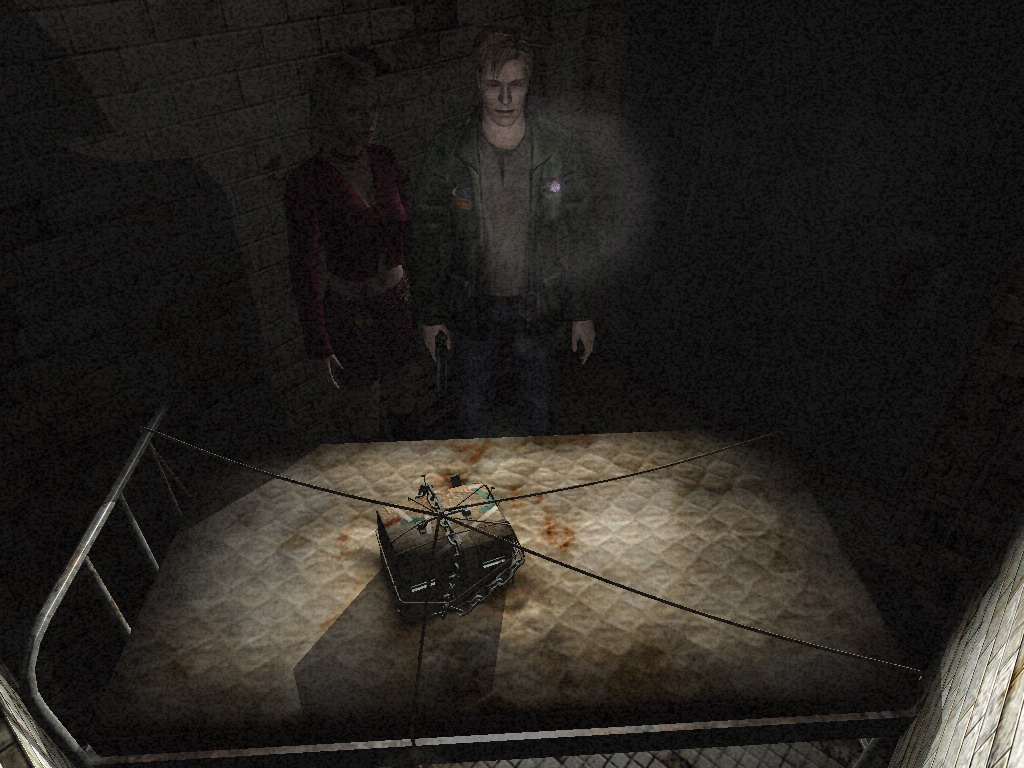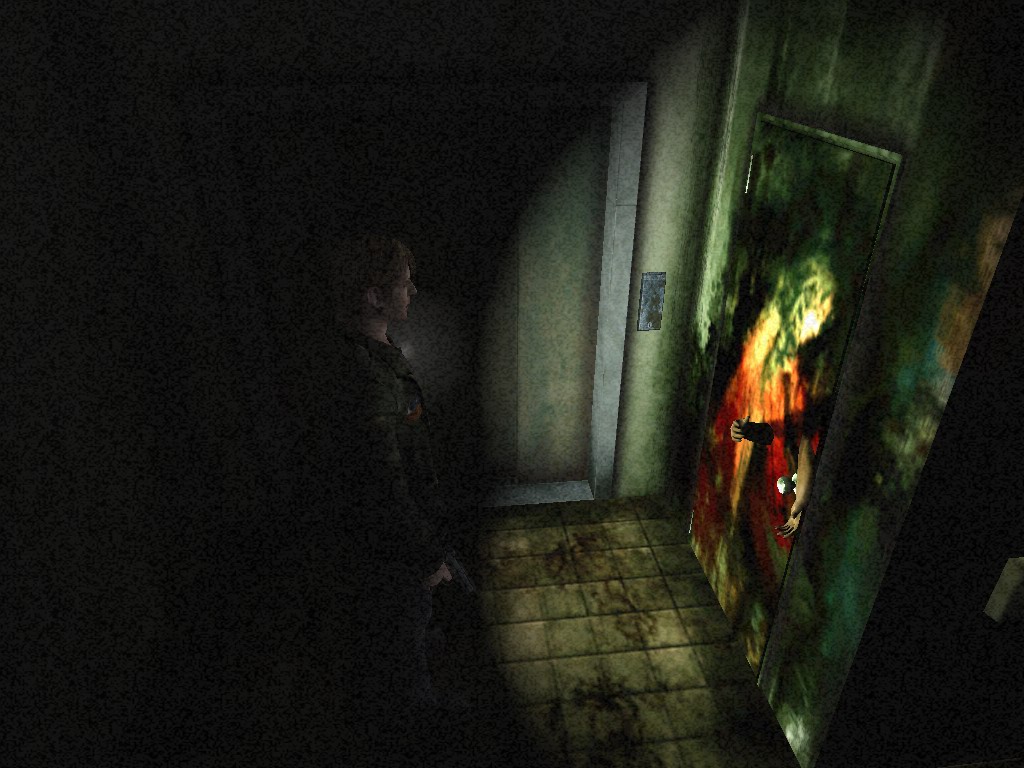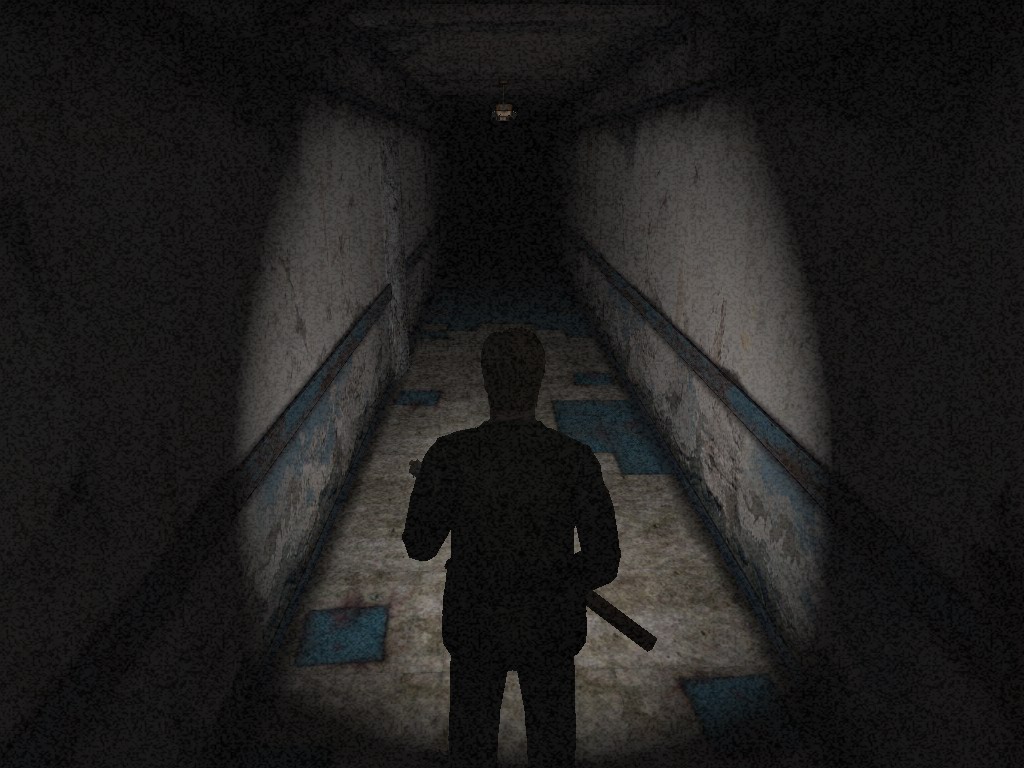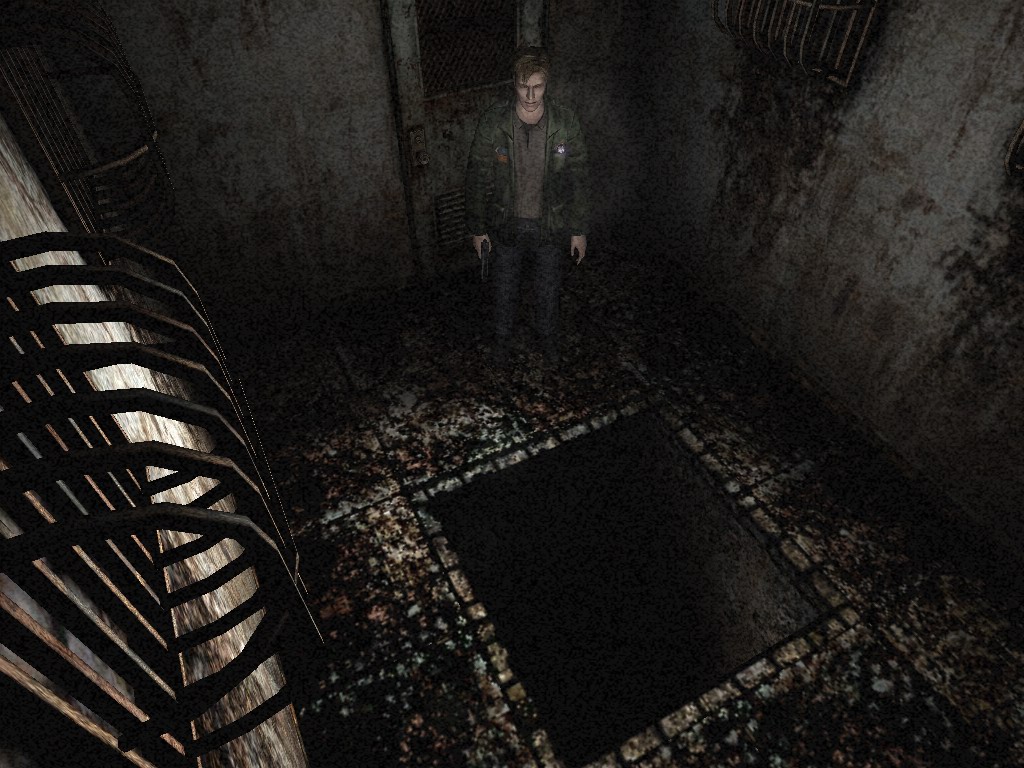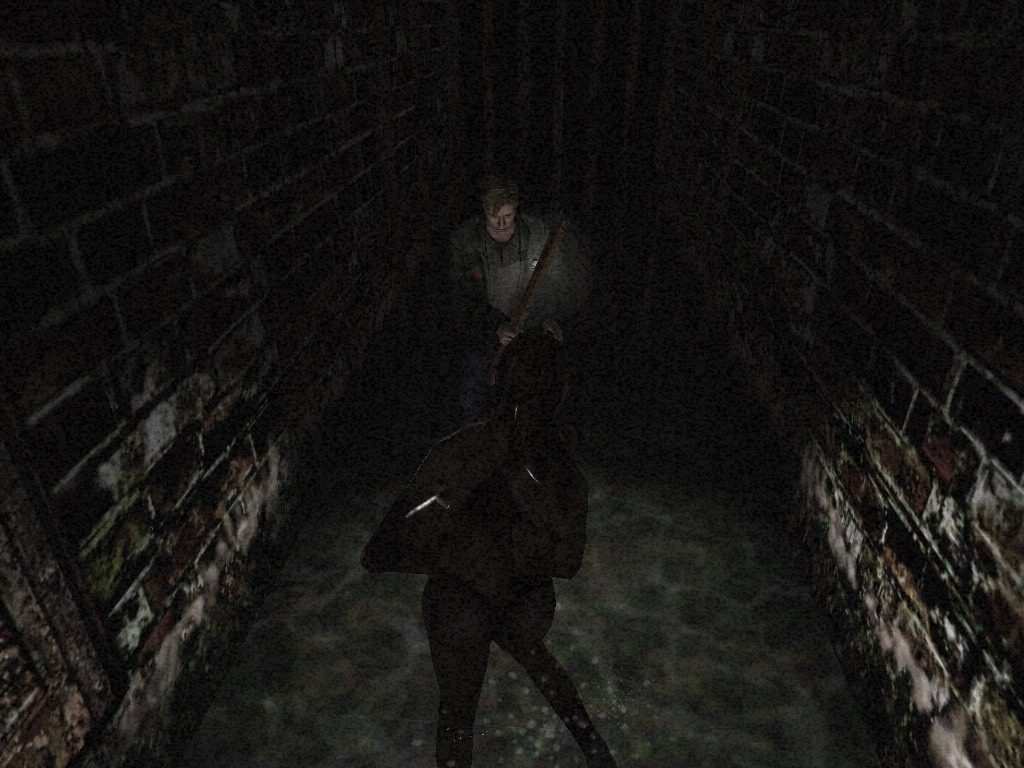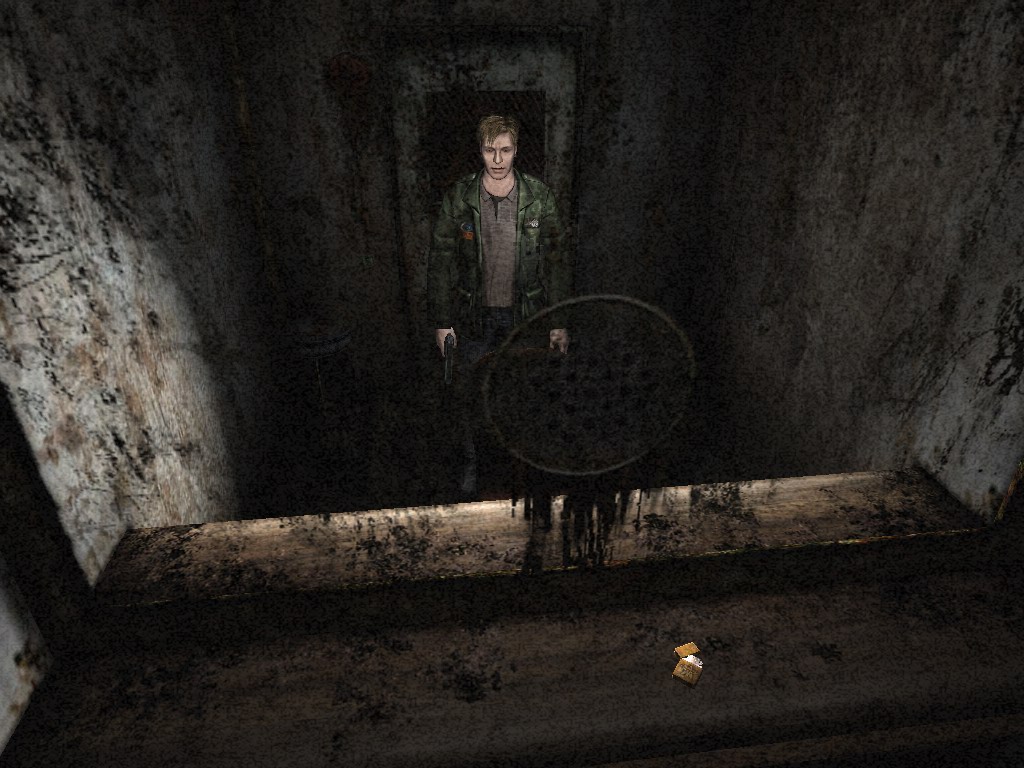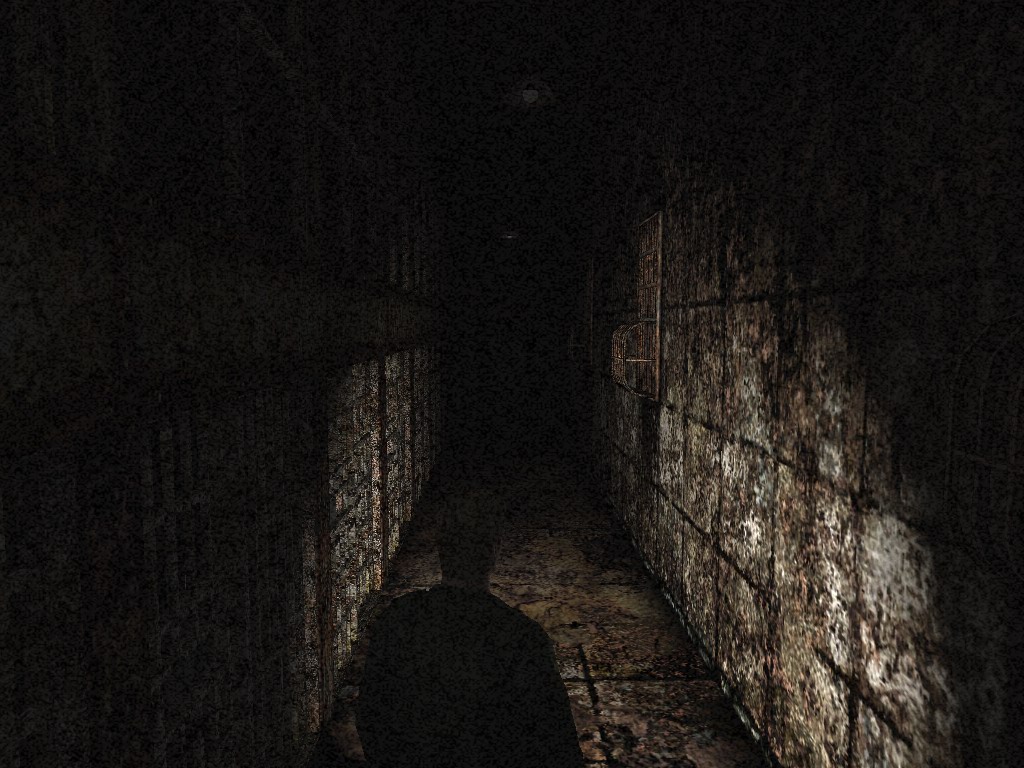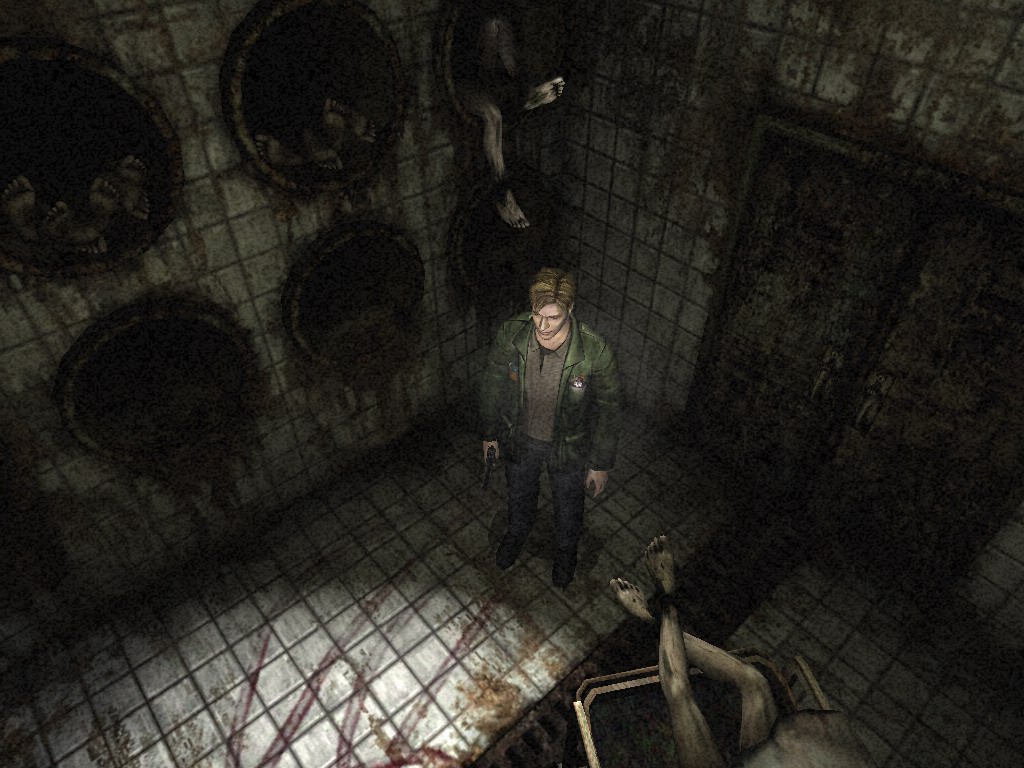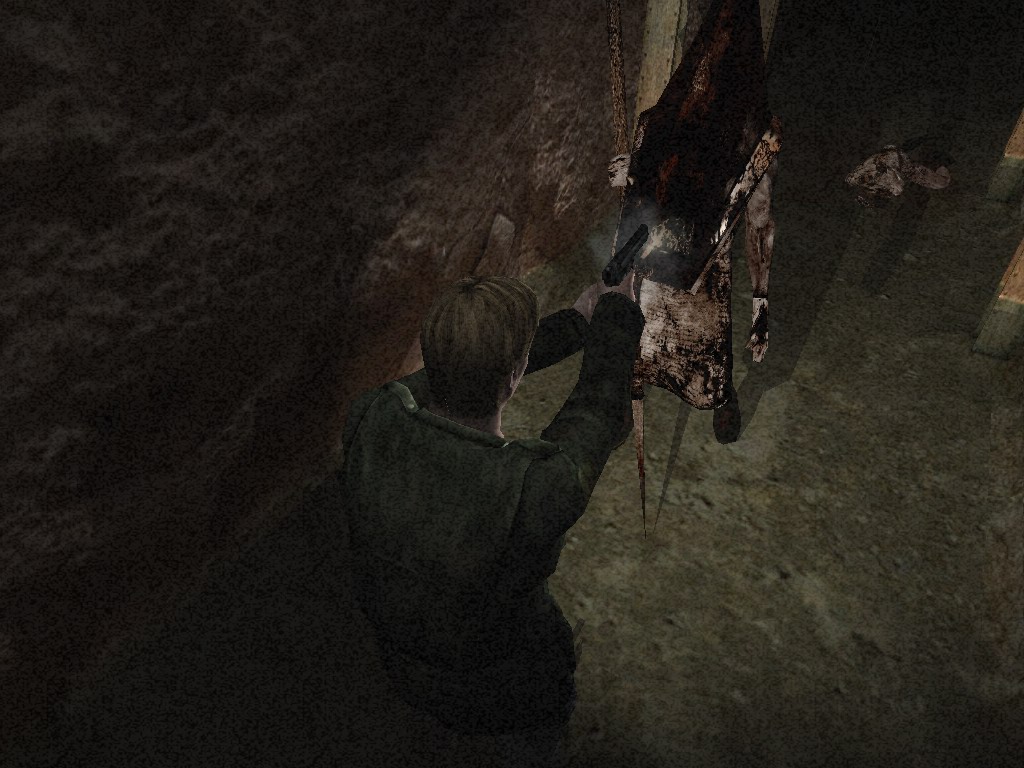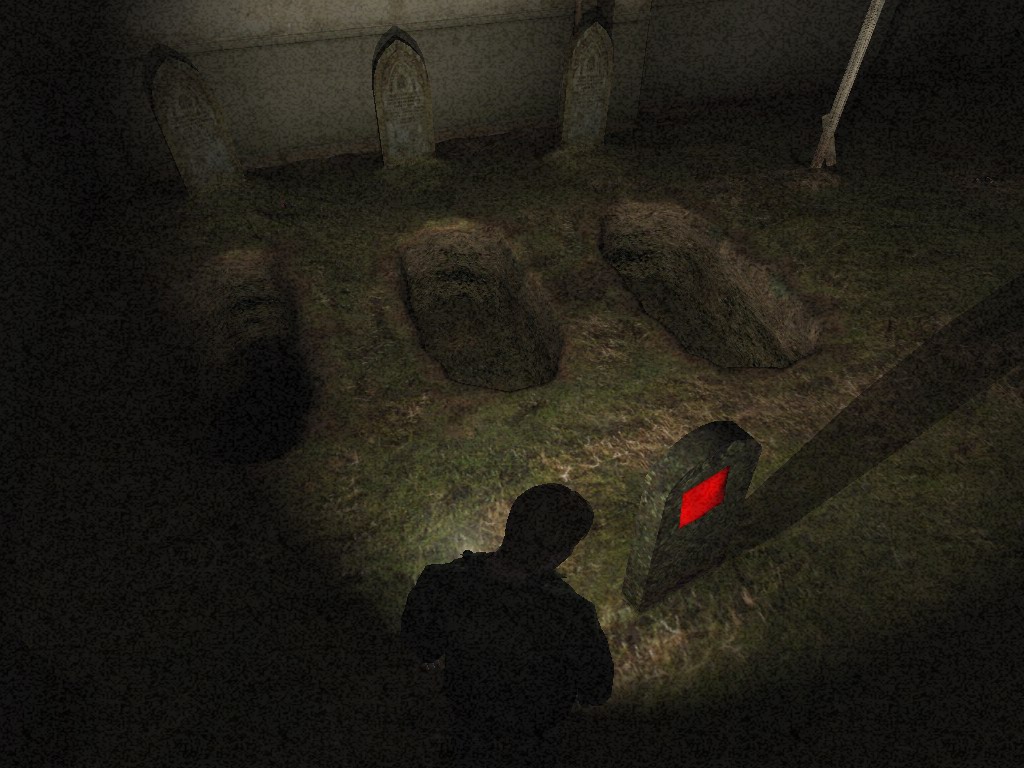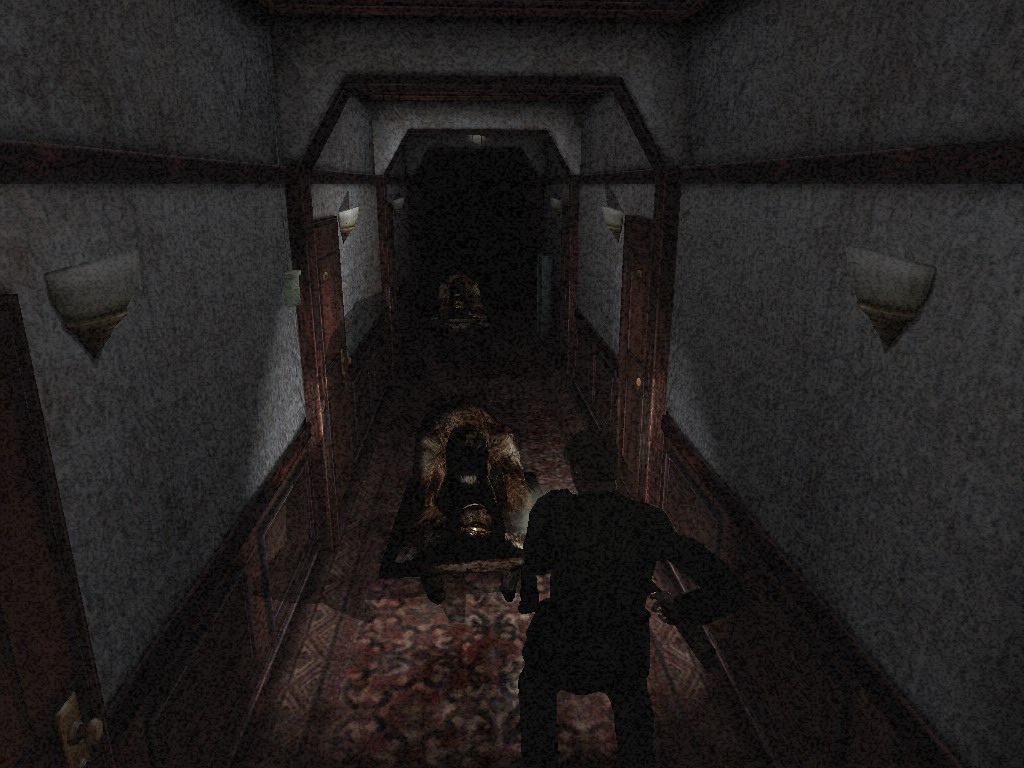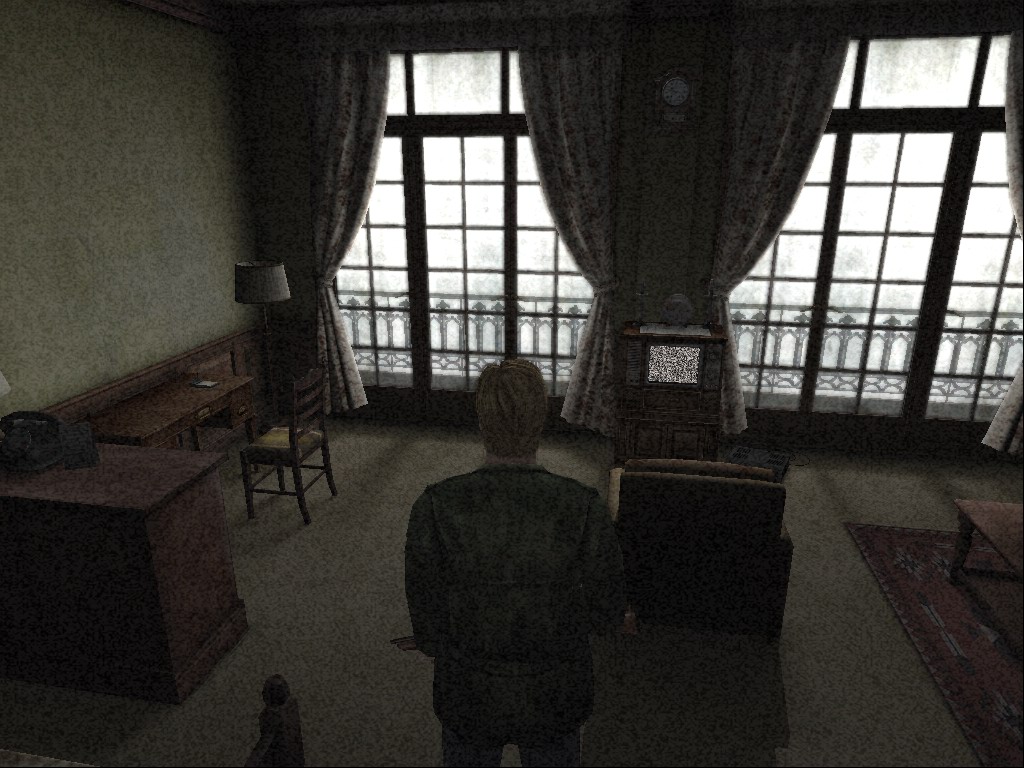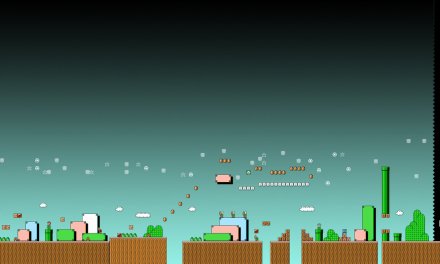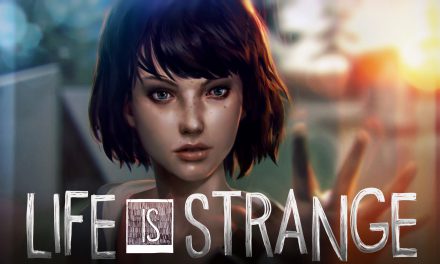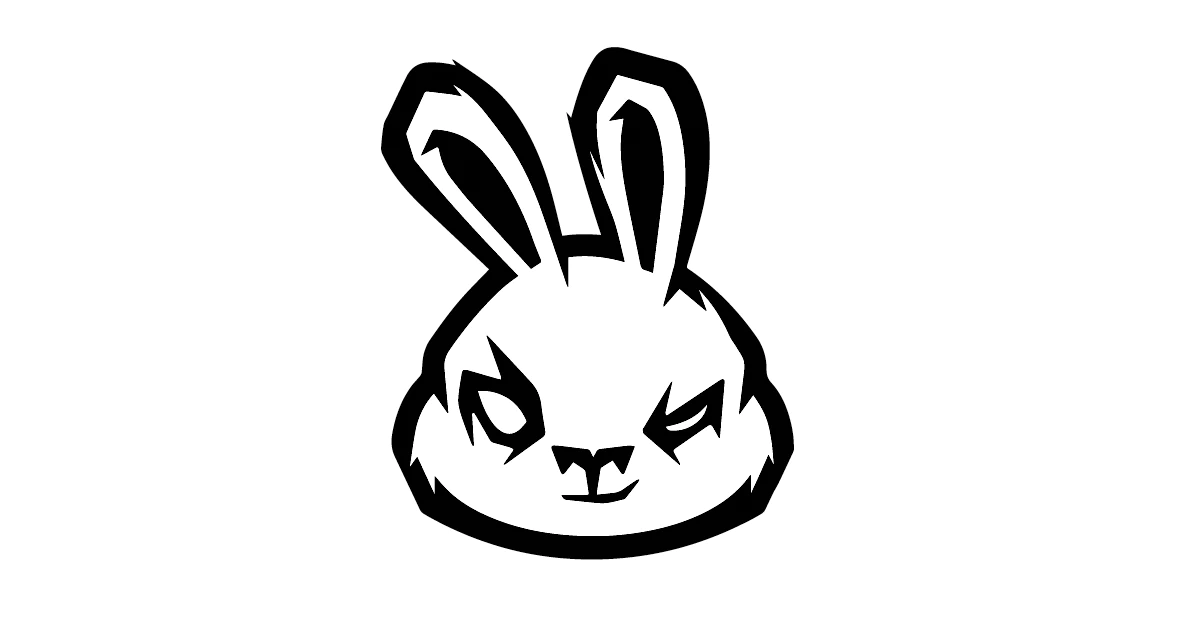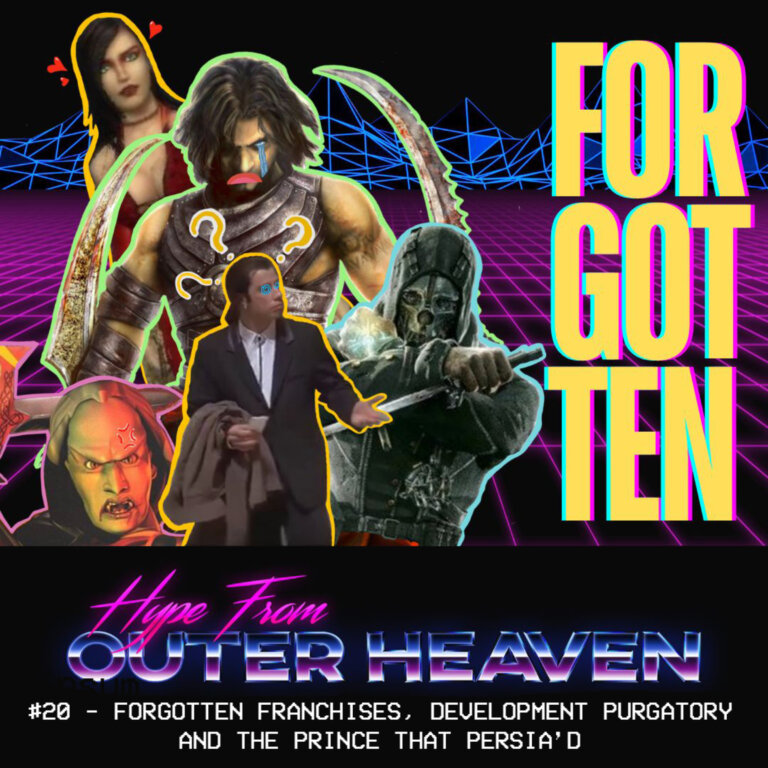“There is no excellent beauty that hath not some strangeness in the proportion.” – Francis Bacon
For the first entry in my In Memoriam ramblings of 2019 I decided to go back to a game that holds a special place in my heart, the 2001 psychological horror masterpiece from Team Silent: Silent Hill 2. The game was a worldwide success when it released in 2001, being praised heavily for its haunting atmosphere, use of psychological horror as well as it’s exceptional soundtrack, receiving overwhelming critical acclaim and going on to sell over one million units in its first month alone. The title has gone on to generate a colossal cult following over the years, and is regarded by many as one of the finest horror games ever made in terms of overall production. The game recently passed its 17 year anniversary, so I decided to go back and take an extended look at the Director’s Cut version of the game on PC, discussing what made the game tick, what made it downright terrifying, and why it’s unlikely that the series will ever reach the legendary high notes left by Team Silent ever again.
One could argue that the early noughties were the renaissance period of the so called ‘Golden Age of Video Games’ of the early 1980’s (I never much cared for Pac-Man). Titles such as Grand Theft Auto: San Andreas (2004) and Manhunt (2003) not only changed the industry in terms of environment and level design, but also pushed the boundaries as to what was considered the ‘norm’ for profanity and violence in video games, resulting in some of the best titles the decade had to offer. Earlier titles such as Metal Gear Solid 2: Sons of Liberty (2001) and Resident Evil: Code Veronica (2000) for the PlayStation 2 and Sega Dreamcast respectively were at the forefront of moving away from the three-dimensional polygons of the 1990’s, giving character models a new breath of life with facial animations, separate fingers and body physics (albeit they haven’t aged very well now) ushering in a new generation of believable and lifelike characters that raised the bar for video games to be seen as an art form, especially so from a narrative perspective. Quite possibly one of the most prolific examples of ‘pushing the envelope’ in terms of game design is none other than Team Silent’s psychological horror masterpiece: Silent Hill 2 (2001), which was a critical and commercial success upon release, going on to generate a colossal cult following as well as selling over one million copies across North America and Japan during its first month.
It’s predecessor Silent Hill (1999) was Konami’s (somewhat late) answer to Capcom’s excellent Resident Evil series (the original trilogy anyway) which was at the height of its popularity when Silent Hill released, just shy of the Capcom’s third instalment: Resident Evil 3: Nemesis (1999). While similar in nature to its peers, Silent Hill was touted as the textbook example for atmospheric survival horror, placing more an emphasis on the psychological rather than the jump-scares and goofy, B-movie style of horror that the Resident Evil series was more noted for (which still had its place). The game was a landmark hit, which prompted Konami to double down on its sequel, throwing an estimated 10-12 million at the ragtag band of ‘underperforming’ staff members (known collectively as Team Silent) who proved beyond a shadow of a doubt that complete artistic freedom could not only be profitable, but was in direct contradiction to outdated corporate business practices of game design at the time, ushering in a brief period of harmony between developer and publisher (coincidentally both were Konami). Team Silent would begin production on Silent Hill 2 directly after the completion of its predecessor in June 1999, and it wouldn’t be revealed until TGS 2000 with a new trailer, with the hype train rolling full-swing almost one year later at E3 2001 during a presentation by Team Silent. The ‘trial version’ demo that was presented by Gozo Kitao, Akihiro Imamura and Takayoshi Sato was the beginning of many people’s (including my own) obsession with the title; the trailer that followed would be the first one to dive head-first into the narrative aspect of the sequel, giving the previously seen characters of the TGS trailer both voices and personalities, as well as being presented alongside a re-vamped version of Akira Yamaoka’s beautiful “Theme of Laura” that is charged full of raw emotion, bringing every aspect of the trailer together, acting as a precursor for what was to follow.
The narrative of Silent Hill 2 (Director’s Cut) crosses over two scenarios: Born From a Wish and Letter From Silent Heaven, both of which takes in the same foggy, north-eastern resort town as its predecessor. The main scenario: Letter From Silent Heaven places you in the shoes of protagonist: James Sunderland, who receives an intimate letter from his wife: Mary Shepherd-Sunderland informing him that she’s waiting for him in ‘their special place’ within the eerily quiet town, with the only thing directly contradicting the letter’s source is the fact that she died three years prior to a vicious disease. However, this doesn’t dissuade James in the slightest as he makes his way to Silent Hill in an effort to find his deceased wife, meeting several people along the way that were also drawn to the town for various reasons, soon to find himself trapped and isolated within a nightmare that his own mind has made a reality. While there is a narrative in Silent Hill 2, it’s one that’s steeped heavily in both metaphors and symbolism, making use of numerous taboo topics such as sexual frustration, physical abuse, grief, euthanasia and murder etc. all intertwined in a dark and multi-layered story that leaves a lot of its plot points open to interpretation with no clear reasoning, magnifying the ‘fear of the unknown’ in an attempt to get as far under the player’s skin as possible.
The protagonist himself: James Sunderland is one that defies the typical stereotype of a hero within a video game, ditching the typical macho ex marine with commitment issues (think the refrigerator on steroids known as Chris Redfield from Resident Evil 5) for the poise of an everyman, appearing like your average guy at first, with there being more to him than initially meets the eye. Over the course of the main scenario, James initially comes across as well mannered and polite, but as the town digs deeper into the psychology of James it begins to reveal his darker side, with him becoming increasingly more disturbed by his surroundings, revealing more about his past circumstances as well as the real reasons as to why he went to Silent Hill, knowing full well that his wife is dead (as well as what really killed her). Watching James slowly unravel and succumb to the dark forces at work in Silent Hill is what truly makes Silent Hill 2 a downright terrifying experience, and is the brainchild of two people from Team Silent: CGI director Takayoshi Sato and scenario writer Hiroyuki Owaku. Sato’s primary influence for the for both the protagonist and the main story was the 1866 novel Crime and Punishment by Fyodor Dostoevsky, which deals with themes such as mental anguish and the justification of murder, topics which largely influenced the character design of James Sunderland. The biggest draw of the story is by far the town of Silent Hill itself, which is a looming malevolent force that twists and makes manifest the darkest corners of its inhabitants’ subconscious. James with his conflicted feelings of both guilt and sexual frustration of not being able to have helped or make love to his dying wife, Angela Orosco with her history of being sexually abused, Eddie Dombrowski who was bullied and suffers with body dysmorphia; the town draws on these powerful feelings, twisting them and creating creatures straight out of one’s nightmares, forcing the three to face their past in the most horrifying way imaginable.
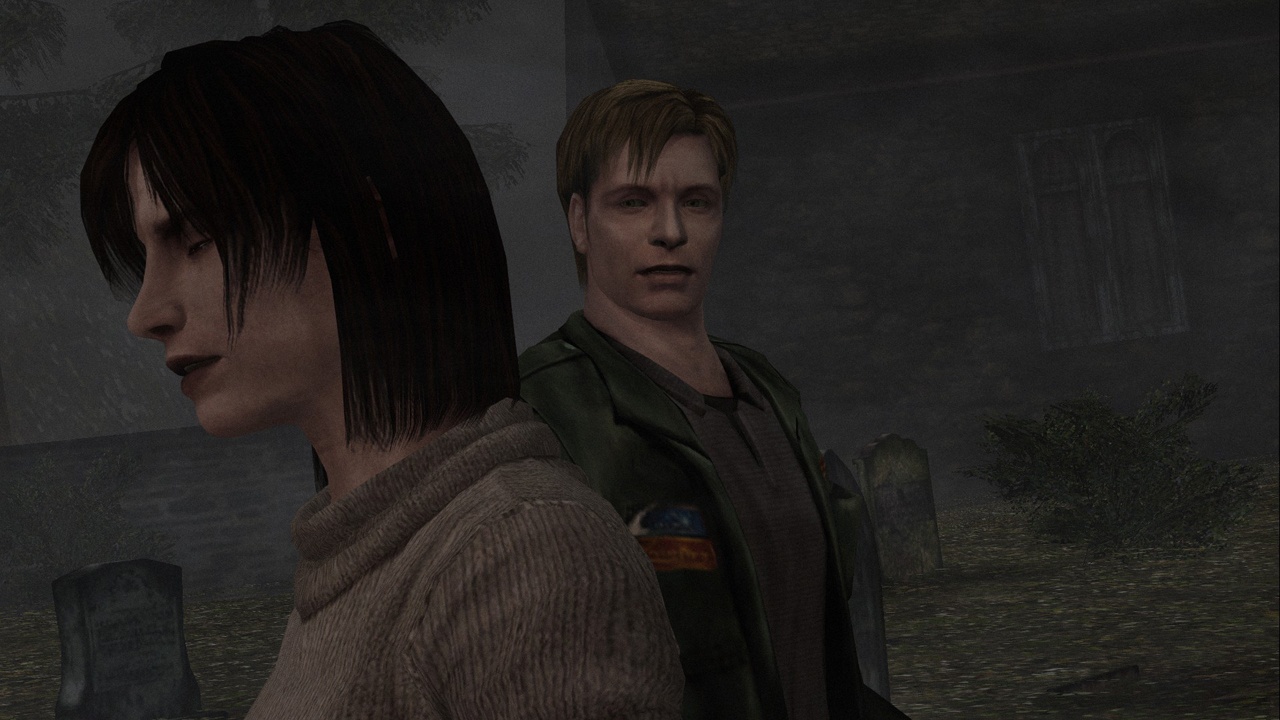
In conjunction with its dark and thought-provoking narrative and morally-conflicted protagonist, Silent Hill 2 features one of the most original art directions seen in a video game to date, featuring some downright chilling creature and environment design, as well as a soundtrack that is both tragically beautiful and sombre, all of which play a significant role within the game’s aforementioned exploration of taboo themes. A strong example of this is the character of Angela Orosco (voiced by none other than Donna Burke) who is one of the first people that James meets when he arrives in Silent Hill. Angela is one of the games more conflicted characters in terms of their own demons, dealing with serious amounts of mental trauma after being sexually abused by her father and brother throughout most of her young life. Angela’s story arc is primarily about how one copes with traumatic events in one’s life, specifically facing one’s demons whilst battling with thoughts of suicide. The defining moment of Angela’s arc is towards the end of the Labyrinth portion of the game, where she is found cowering in a room in fear of a rectangular creature known as ‘abstract daddy’ who she terrifyingly refers to as ‘daddy’. The creature design of the ‘abstract daddy’ is by far one of the more disturbing in Silent Hill 2, resembling two entwined figures wrapped under a layer a rotting skin attached to a what looks like a bed frame, with the larger of the two dominating the smaller, which is the physical manifestation of Angela’s torment of being repeatedly sexually abused by her father and brother. Further adding to the symbolism is the room that the fight takes place in, which is made entirely of what looks like decaying human flesh, holding orifices with mechanical-esque pistons thrusting back and forth, evoking yet another perspective Angela’s torment; it’s also been widely discussed that the number of orifices are meant to represent the amount of times that she was molested, but like everything else in Silent Hill 2, this is left purely to the interpretation of the player.
The creature design in Silent Hill 2 is one of its strongest elements when it comes to eliciting the game’s sense of dread throughout, and would not have been possible without the vision of Masahiro Ito, lead monster designer for Team Silent. Ito drew upon numerous sources when designing the monsters of Silent Hill 2, taking inspiration from the likes of ‘body horror’ director David Cronenberg (Videodrome from 1983 being the most obvious example) and David Lynch with his cult TV series Twin Peaks; however Ito’s biggest influence wasn’t found in cinema, but rather in the paintings by Irish artist: Francis Bacon, whose work explores human anatomy in twisted and anti-proportioned forms, the direct catalyst for the creatures of Silent Hill 2. Ito wanted a human influence within his work, albeit bent and disfigured in an effort to create something that looked both familiar and alien at the same time. All of the game’s creatures were designed with some element of the character’s subconscious in mind; the Lying Figure which represents James’ internal suffering, the Mannequin being a manifestation of his sexual desires and frustration, the Flesh Lip representing the volley of verbal abuse hurled at James during Mary’s final days as she was confined to a hospital bed etc. all of these are the solid examples of Ito’s amazing work on Silent Hill 2, which represents some of his best during his time with the Silent Hill series overall. Another aspect of the game’s legacy that adds weight to itself wholeheartedly is the score produced by Akira Yamaoka, which is quite easily the glue that brings all of the stellar aspects of the game’s production together. There are two pieces that stand out from the overall score: ‘Promise’ and ‘Theme of Laura’ both of which contribute in part to the overall main theme of Silent Hill 2. Yamaoka’s score is nothing short of brilliance at one’s craft, conveying both the emotion and looming dread that the accompanies the town. Nearly every aspect of the game’s soundtrack is bulletproof, everything from the master-crafted orchestral pieces down to the moments of complete silence or haunting ambient noise that accompanies some of the scariest sections of the game (stating at you 3rd floor of Brookhaven Hospital). Featuring a sad melody with a strong, emotional beat to it, ‘Theme of Laura’ has gone on to be one of the most recognised themes in gaming, with Yamaoka producing the entire track in three days by simply jamming on his guitar. Yamaoka has also been cited on numerous occasions stating that ‘Theme of Laura’ is one of his favourite pieces of music that he has ever produced, so much so that he’s performed it live on stage at number of gaming shows such as TGS 2009 and Video Games Live, with his most recent performance at the Glavclub in Moscow back in 2018.
Overall praise and fan-boying aside, Silent Hill 2 is a video game, and a very old one at that. 2018 marked the game’s 17th anniversary, and while the game still holds up as a piece of art, the same can’t be said for the game’s performance and control scheme. While I’ll be the first to admit that the ‘tank’ controls adopted by many of the early survival horror titles for the PlayStation 1 & 2 heightened the tension somewhat, it’s a hard sell to someone playing the game for the first time without the aid of nostalgia goggles. The general controls are best described as ‘clunky’ and don’t do any favours to the game’s already cumbersome combat system, which was lacking any kind of real flair even when the game released back in 2001. Minor gripes aside the game lives up to it’s namesake, delivering a solid survival horror experience with an exceptional attention to atmosphere. What looks amazing on the surface is quite possibly the most intelligent way ever developed of covering up one hell of a shitty draw distance; the fog that envelops most of Silent Hill. Much to the disgust of many, the game was actually given the remaster treatment, being bundled into a double pack with Silent Hill 3 (2003) in 2012 as the Silent Hill HD Collection. Konami absolutely butchered Silent Hill 2 in its remaster, taking the grainy lo-fi visuals that set up the original’s aesthetic tone, with clean textures (such as the walls and roads) as well as setting the fog right back to the point where you could see where it began, destroying its purpose entirely. For the best experience, the Director’s Cut of Silent Hill 2 for the PC is still the best way to experience the game in HD, and is made all the more pleasant to experience with the Enhanced Edition overhaul (which can be found by following the link at the bottom of this article) which adds a number of key features to the PC version such as higher resolutions and widescreen support, which is something I wholeheartedly recommend if you suddenly have the urge to play it again.
Silent Hill 2 will forever be remembered as the textbook example for how a horror game is produced, born from the dedication to one’s craft by the many talented minds of the now defunct Team Silent. After Silent Hill 2, the team would go on to create Silent Hill 3 (which is a solid title in its own right) returning to the story from original game in the series. The game was well received by critics for being a genuinely unnerving game, proving beyond a shadow of a doubt that Team Silent were masters of their craft. Silent Hill 4: The Room (2004) however was the turning point for the development team, as a lot of original members jumped ship for other projects after the lukewarm reception of the fourth title, which was cited for having too much of an emphasis on action rather than psychological horror. There were rumours that the team were working on a fifth entry in the franchise, that was due to take the series back to the psychological roots of Silent Hill 2; however in usual Konami fashion Team Silent was shot dead in the water sometime during 2007, as future entries in the series were outsourced to western developers with the team itself (the remaining members at least) being disbanded. The series never really recovered after Team Silent’s disbandment, as the tirade of shite that followed was the subject of mixed receptions and weak sales, placing the once mighty series on the backburner for good. There was a brief moment of hope when Hideo Kojima’s Silent Hills was announced, but that’s the subject for another article altogether. Rest easy Team Silent; we will always be here, waiting for you…
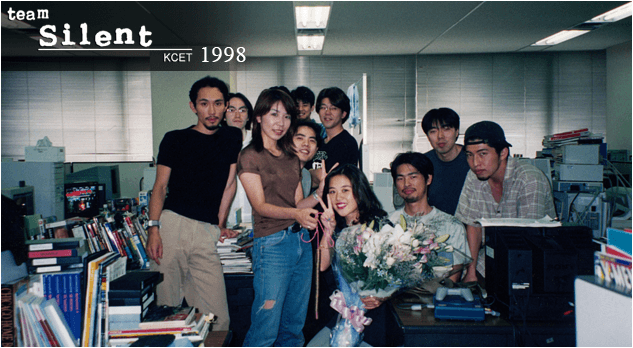
Screenshots are courtesy of http://www.silenthillmemories.net.
Silent Hill 2: Enhanced Edition is the product of years of hard work from the guys over at http://www.enhanced.townofsilenthill.com/SH2/.

